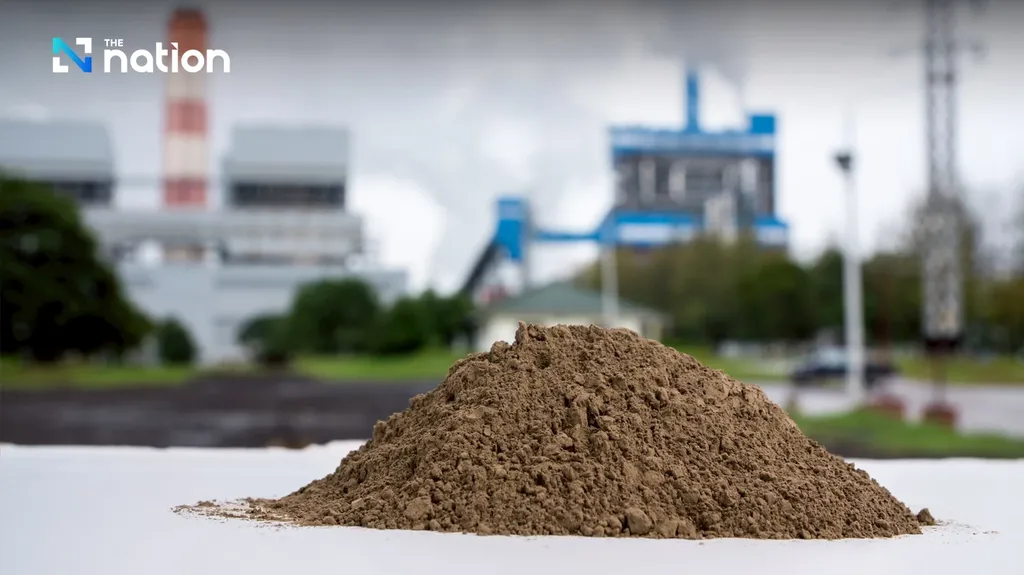In the quest for sustainable construction, a team of researchers led by Burachat Chatveera from the Department of Civil Engineering at Thammasat University in Thailand has made a significant stride. Their study, published in the journal ‘Developments in the Built Environment’ (translated as ‘Advances in the Built Environment’), explores the combined use of recycled concrete aggregate (RCA), polyvinyl alcohol (PVA), and recycled electronic waste fibers (E-waste fibers) in green concrete. The findings could reshape the construction and energy sectors by offering a more sustainable and cost-effective approach to concrete production.
The study addresses a critical gap in the industry: while the individual benefits of RCA, PVA, and E-waste fibers have been studied, their synergistic effects have remained underexplored. “We saw an opportunity to combine these materials to enhance the properties of green concrete,” Chatveera explains. The team replaced 20% of cement with fly ash and added 1% PVA by cement weight, then varied the content of coarse RCA (CRCA) and E-waste fibers to observe their combined effects.
The results were promising. Increasing CRCA content reduced workability and strength due to its inherent porosity. However, the incorporation of 4.5% E-waste fibers significantly improved mechanical performance by bridging microcracks. “The fibers act like a reinforcement, enhancing the concrete’s ability to withstand stress,” Chatveera notes. However, higher fiber contents negatively affected durability and workability, highlighting the need for optimal fiber content.
From an economic perspective, the study confirmed that using 4.5% E-waste fiber offers a cost-effective solution. This is particularly relevant for the energy sector, where the demand for sustainable and efficient building materials is growing. The reduced thermal conductivity of the concrete, achieved by increasing CRCA and fiber content, also enhances insulation properties, which can lead to energy savings in buildings.
The implications of this research are far-reaching. As the construction industry continues to seek sustainable solutions, the combined use of these waste materials could become a standard practice. “This study supports the sustainable use of electronic and construction waste in concrete,” Chatveera states, underscoring the potential for a circular economy in the built environment.
The study’s findings could also drive innovation in the energy sector, where the demand for sustainable and efficient building materials is on the rise. By reducing the thermal conductivity of concrete, buildings can achieve better insulation, leading to lower energy consumption and reduced carbon emissions.
As the world grapples with the challenges of waste management and climate change, this research offers a glimmer of hope. It demonstrates that with innovative thinking and a commitment to sustainability, waste materials can be transformed into valuable resources, paving the way for a greener future.

